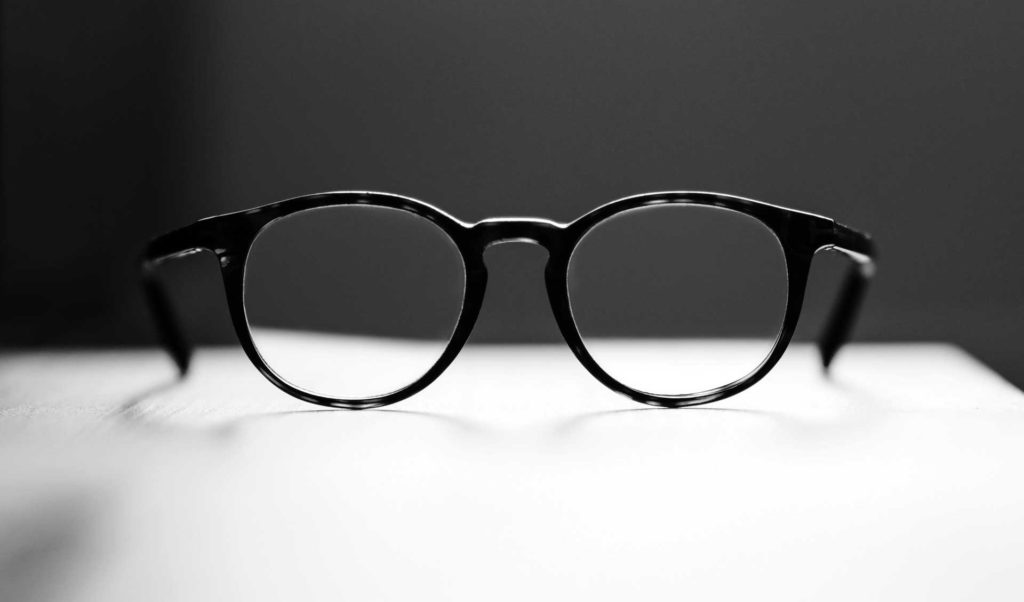While traveling this week, I noticed two important customer upgrades in comfort and convenience.
At my hotel was a “Stay Connect” app allowing me to use my cell phone for managing room and hotel services. I could control television volume and channels, play movies-of-choice on the large screen, call for housekeeping or room service, get my bill and check out – all from my phone.
The second service change involved transportation from the airport terminal. I did not have to call a Lyft car and wait several minutes to find my specific driver. I simply scheduled a ride and received a code linked to my destination from the main computer system. First car in line was given my code, and off we went. No waiting!
What a pleasure to use both technological enhancements!
These advancements also started me thinking….the whole world believes that if standard eye testing indicates you see clearly — 20/20, you do not need glasses, and your world is perfect visually. Correct?
Not necessarily. With clear central eyesight as the goal of eye testing, we are ignoring a key factor – comfort.
Research optometrist, Patrick Quaid, determined that only about six percent of our surrounding space is used when paying conscious attention to specific objects. Most environmental signals passing through our retinas emanate from peripheral space – the space that is all around us and that we are aware of beneath a conscious level.
Unfortunately, most eye professionals still rely on the gold-standard “20/20” evaluation system developed in 1862 when much of the nation remained unsettled, overland travel was by horseback or horse-drawn wagons, and prairies and mountains dominated individuals’ peripheral sight. This 150-year-old testing system addresses central eyesight by having the patient consciously look at non-moving targets on a high-contrast eyechart across a darkened room. An identification system of letter clarity typically does not consider our navigational abilities to locate objects quickly and aim at them accurately. That requires peripheral retinal processing.
Moving targets are processed through a system much different than one of seeing stationary objects like letters on an eye chart. Having general awareness of today’s environment is highly dependent on peripheral eyesight. Modern, fast-paced society is awash in moving targets – from signs and lights whizzing past us in traffic to ever-changing GPS navigation screens and words rolling in and out of sight on scrolling web pages. We use peripheral and central eyesight in tandem to scan and shift our gaze from place to place, whether it be from a car dashboard to the road, from notes to a teacher or from a tennis ball to an opposing player. Just using a smartphone today requires visualization — another skill missed in standard eye testing — in order to determine which buttons to press to navigate to the appropriate screen – whether it be for attaching a photo to an email, adding a contact, taking a video or just finding Google.
The majority of peripheral eyesight is designed to warn and protect us. That’s why, when crossing a street and paying attention to something else, such as other people or a mobile phone, for example, one might avoid a pothole or puddle or step up onto a high curb without either thinking about it or directly, consciously looking at it. When peripheral eyesight is not efficiently functioning, discomfort is created. Central eyesight might still remain clear.
There’s an astonishing fact about brain function. We can either turn the peripheral awareness of our ears and eyes on or off or keep these sensory systems in various in-between levels of awareness. At the Mind-Eye Institute, we use many advanced tools other than traditional lenses to address deficits or imbalances in both central and peripheral eyesight, as well as issues involving visualization skills.
Tuning out peripheral/background auditory and visual signals while engaging or disengaging eye-aiming at targets depends on surrounding environment and state of mind. But this filtering capability is hindered when body systems are impacted by extreme stress, injury or neurologic conditions.
Patients with anxiety, for example, are hypersensitive; their peripheral field is always “on.” Children with attention deficit disorder are often unable to tune out their background environment or internal thoughts; everything that happens around them keeps shifting their attention. A person suffering from depression, on the other hand, has peripheral processing primarily in the “off” position.
Our Institute is currently preparing to host interns from the Chicago College of Optometry. As part of the training, we will be helping these students shift their paradigm from 20/20 clarity to peripheral processing with comfort as the end goal of eye testing. Considering that the retina is composed of brain tissue, we hope the interns will enjoy their immersion into a world of brain function rather than eyeballs, while learning to leave 20/20 testing where it belongs – in the 20th century.
Deborah Zelinsky, OD
Founder, Research Director
Mind-Eye Institute

Media
Keep 20/20 Eye Testing Where It Belongs – the 20th Century
Mind-Eye Institute August 2019 Newsletter Updates
